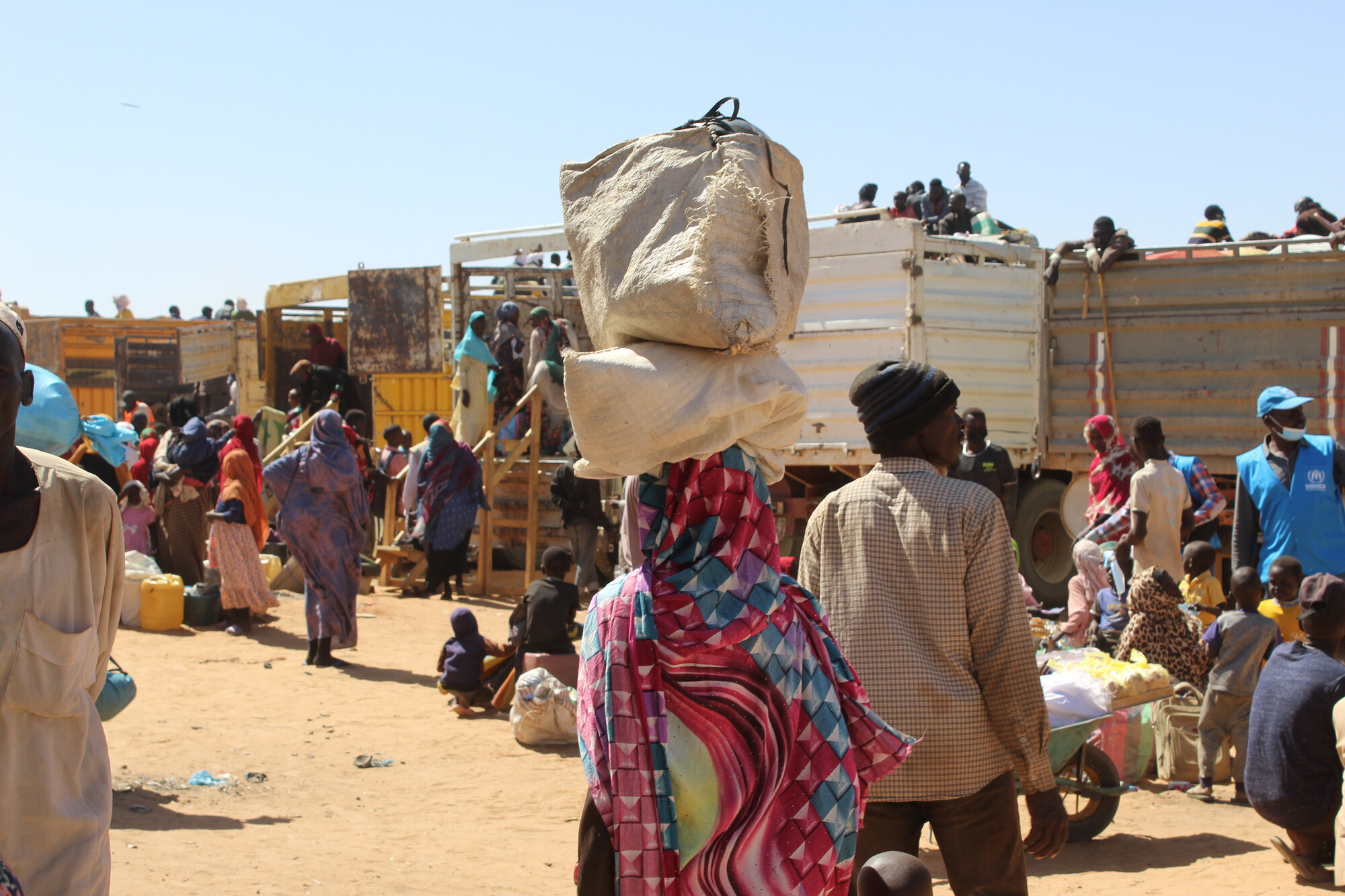
Sudanese refugees in Chad need urgent support
With an underfunded humanitarian response plan, over 540,000 people forced to flee the conflict in Sudan - the majority of whom are women and children - have struggled to meet basic needs.
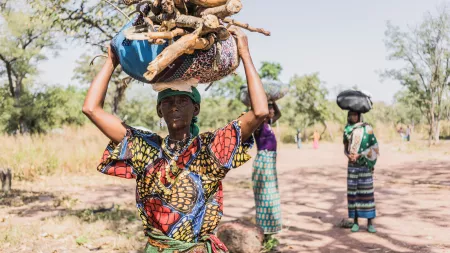
 Africa - Western
Africa - Western
Chad ranks 187 out of 189 on the Human Development Index (HDI). CARE International began working in Chad in 1975 and has since then established emergency and development programs.
CARE International first began working in Chad in 1975 and has since then established both emergency and development programs.
In recent years, violence in the Lake Chad Basin has led to mass displacement and an increase in humanitarian needs across northeastern Nigeria, Cameroon's Far North region, western Chad, and southeastern Niger.
CARE International's long-term work in Chad focuses on:
In response to the Lake Chad Basin crisis, CARE Chad's work in the region includes supporting livelihood opportunities for women and youth, providing training for communities on clean water and sanitation practices, and support to survivors of gender-based violence.
Refugees from Cameroon, Central African Republic, and Sudan have also fled into Chad to escape conflict. CARE Chad offers also psychological and humanitarian support to refugees, including food and access to clean water and sanitation facilities.

With an underfunded humanitarian response plan, over 540,000 people forced to flee the conflict in Sudan - the majority of whom are women and children - have struggled to meet basic needs.
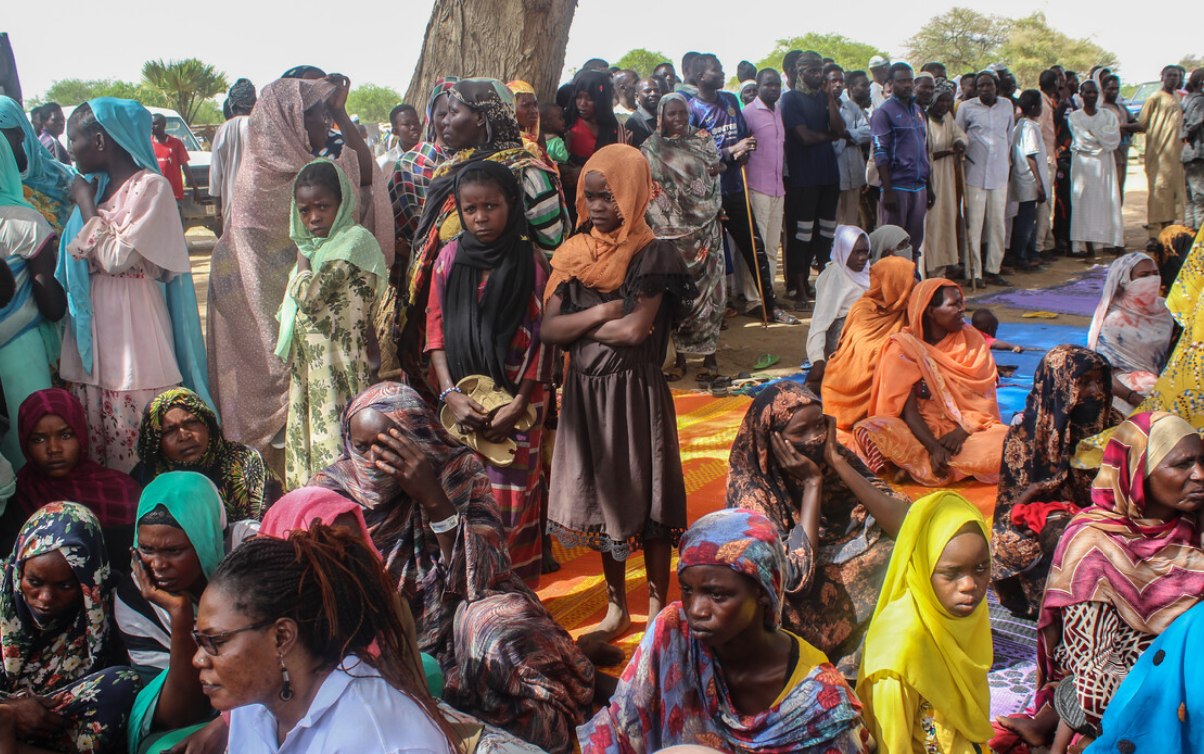
The crisis, which began on April 15, has led to widespread violence resulting in death, destruction, and displacement. More than 2.4 million people have been displaced within Sudan, and more than 730,000 have fled to neighboring countries.
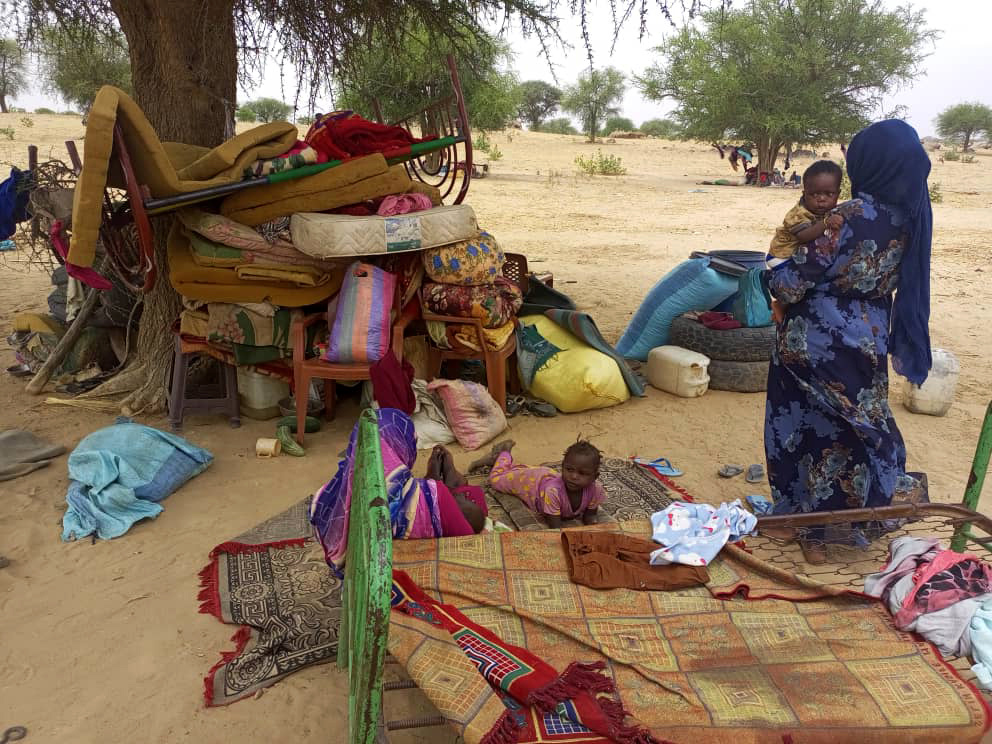
With the conflict in Sudan in its fifth week, CARE is deeply concerned about the impact the violence has had on hundreds of thousands of Sudanese people, especially women, and children, forced to flee their homes amid the violence.
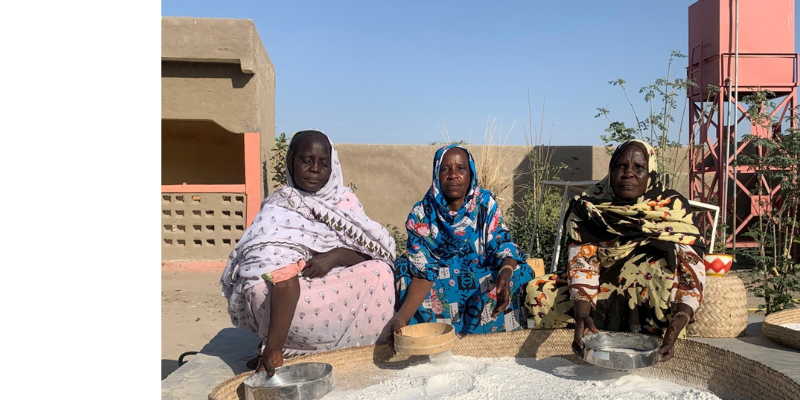
A women's cooperative, started with the support of CARE and the European Union, has created a sustainable source of income and a safe bonding space

In Chad, instead of taking whatever an aid group brought, communities got to select their own goats. Find out what happened next.
The recent clashes between the armed forces that took place at the end of 2017 in north-west of Central Africa Republic (CAR) resulted in a large influx of African refugees in southern Chad.
The COVID-19 pandemic in West Africa is currently exacerbating socio-economic issues, with women bearing the largest burden of caring for their families while also seeking to lead communities in prevention and adaptation.
With CARE’s fourth global Suffering In Silence report, we are starting to see a trend of certain countries annually remaining on the list of the most under-reported crises. While we expanded the analysis in 2019 by including Spanish and Arabic online media coverage (in addition to English, French and German), the results are surprisingly similar to previous years.
This is the third consecutive year that CARE publishes its report “Suffering In Silence”. It serves as a call for the global community to speak up for people in crises who are otherwise forgotten and to help them overcome hardship.
In FY2023, CARE worked around the world, contributing to saving lives, fighting poverty, and increasing social justice.